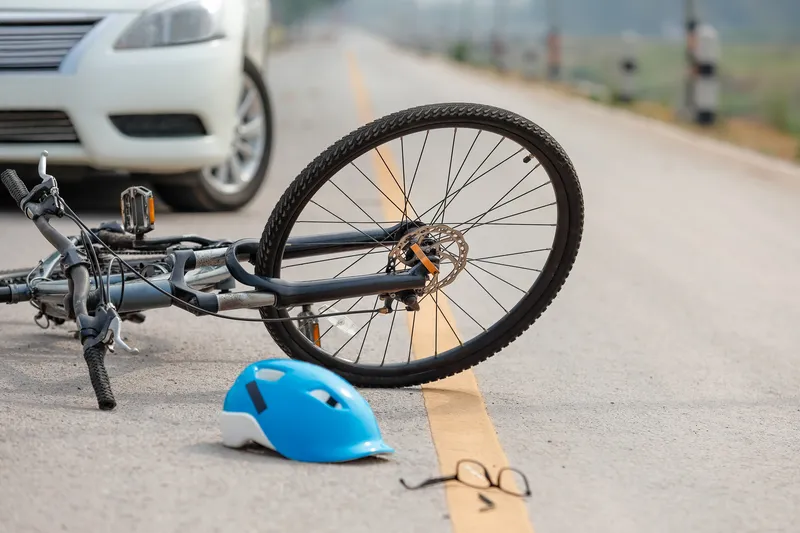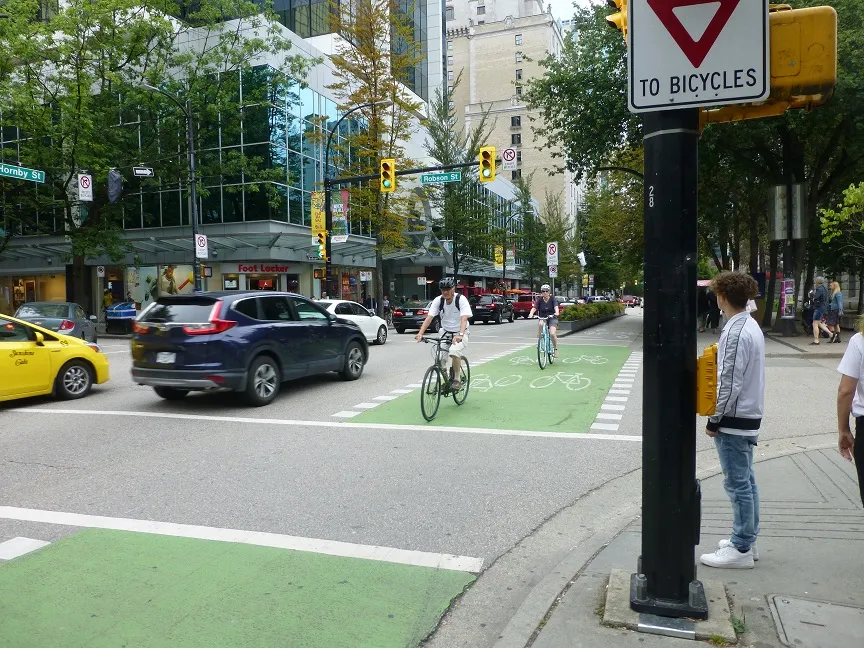
StreetLight Data has released a report which recasts the top 10 riskiest US states for cyclists, placing Delaware at the top.
StreetLight says its fatalities per bicycle miles travelled (BMT) methodology contrasts findings issued by the National Highway Traffic Safety Administration’s fatality analysis reporting system (FARS), which tracks cycling fatalities and ranks states by fatal crashes per capita.
“It doesn’t make sense to measure bike risk per-capita data when not everyone in the state rides bikes," explains StreetLight co-founder Laura Schewel.
"Because of the availability of Big Data, we can for the first time measure bike risk per mile biked nationwide, and even compare areas to each other."
"As budgets are passed and projects are planned, the new data can help better inform planners and other officials as they prioritize where to invest to improve safety.”
Recasting national rankings by BMT replaces Colorado and Indiana with newcomers not contained within FARS: Mississippi (#7) and West Virginia (#8).
Delaware is followed by South Carolina (#4 on FARS), Florida (#1 on FARS) and Louisiana (#3 on FARS).
New Mexico remains in the same position at #5 but further changes are found in Oklahoma (#9 on FARS) Arizona (#7 on FARS) and California (#6 on FARS).
For the analysis, StreetLight used de-identified and aggregated Location-Based Services (LBS) and GPS data. The company's proprietary machine-learning algorithms then sorted these data into trip activity by various modes, including vehicle, bicycle and pedestrian.
As part of the study, StreetLight ranked the top 10 safest states for cyclists, keeping Massachusetts at (#1) and Pennsylvania at (#4) at their current positions on FARS.
Massachusetts is followed by New York (not in the FARS top 10) and Illinois (#7 on FARS). US states beneath Pennsylvania include Utah (#8 on FARS), Tennessee (#2 on FARS), Minnesota (not in the FARS top 10), Missouri (#5 on FARS), Arkansas (#3 on FARS) and Washington (Not in the FARS top 10).
For further relevance, planners can combine StreetLight’s Bicycle Origin-Destination (O-D) or Zone Activity Metrics with safety data to identify heavily travelled cycling areas that lack existing Infrastructure.
The data is also expected to help pinpoint optimal areas for safety measures.
StreetLight insists that combining its cycling analytics with local insights creates a richer perspective on bike safety and helps planners prioritise where to invest.









